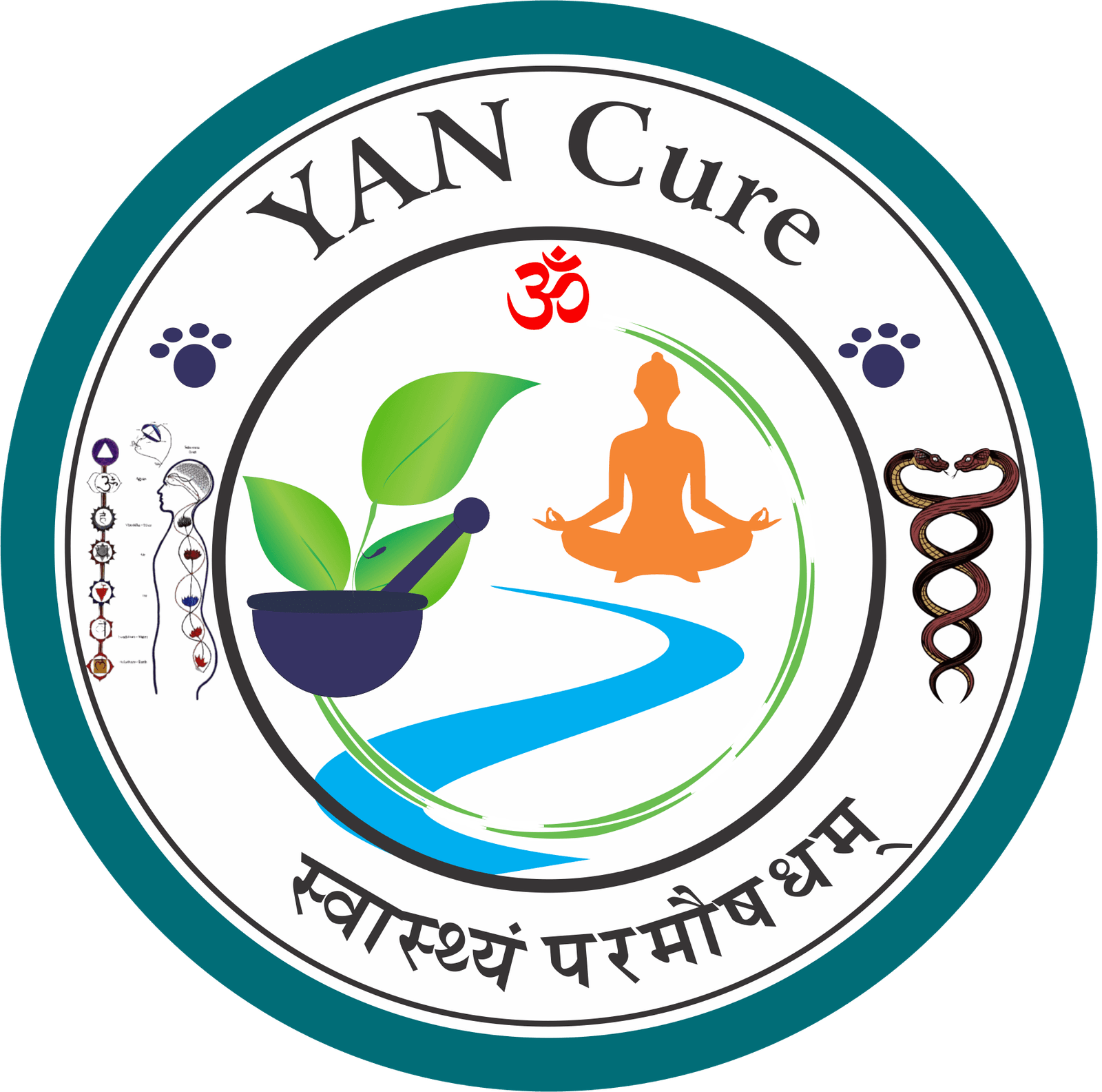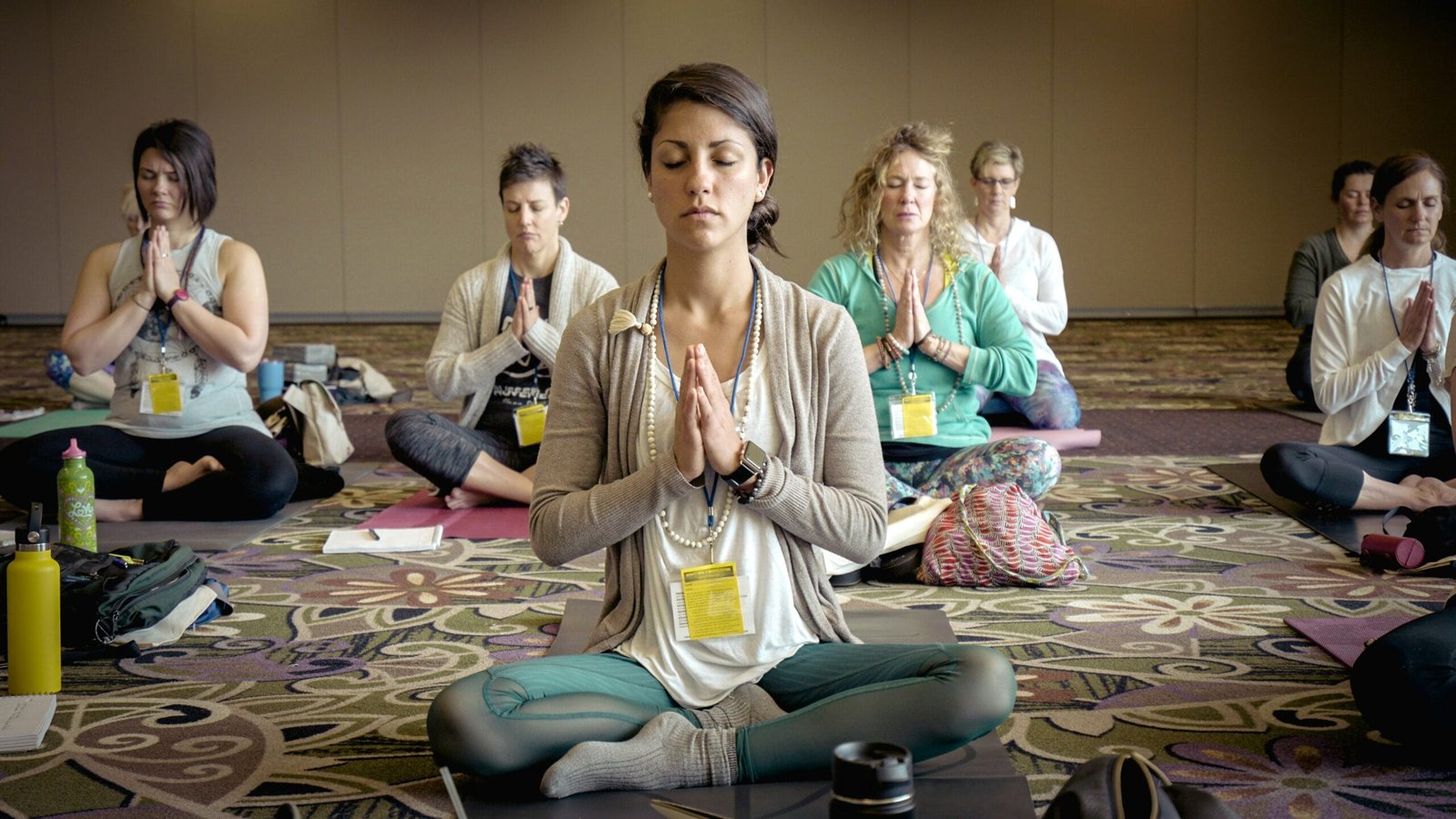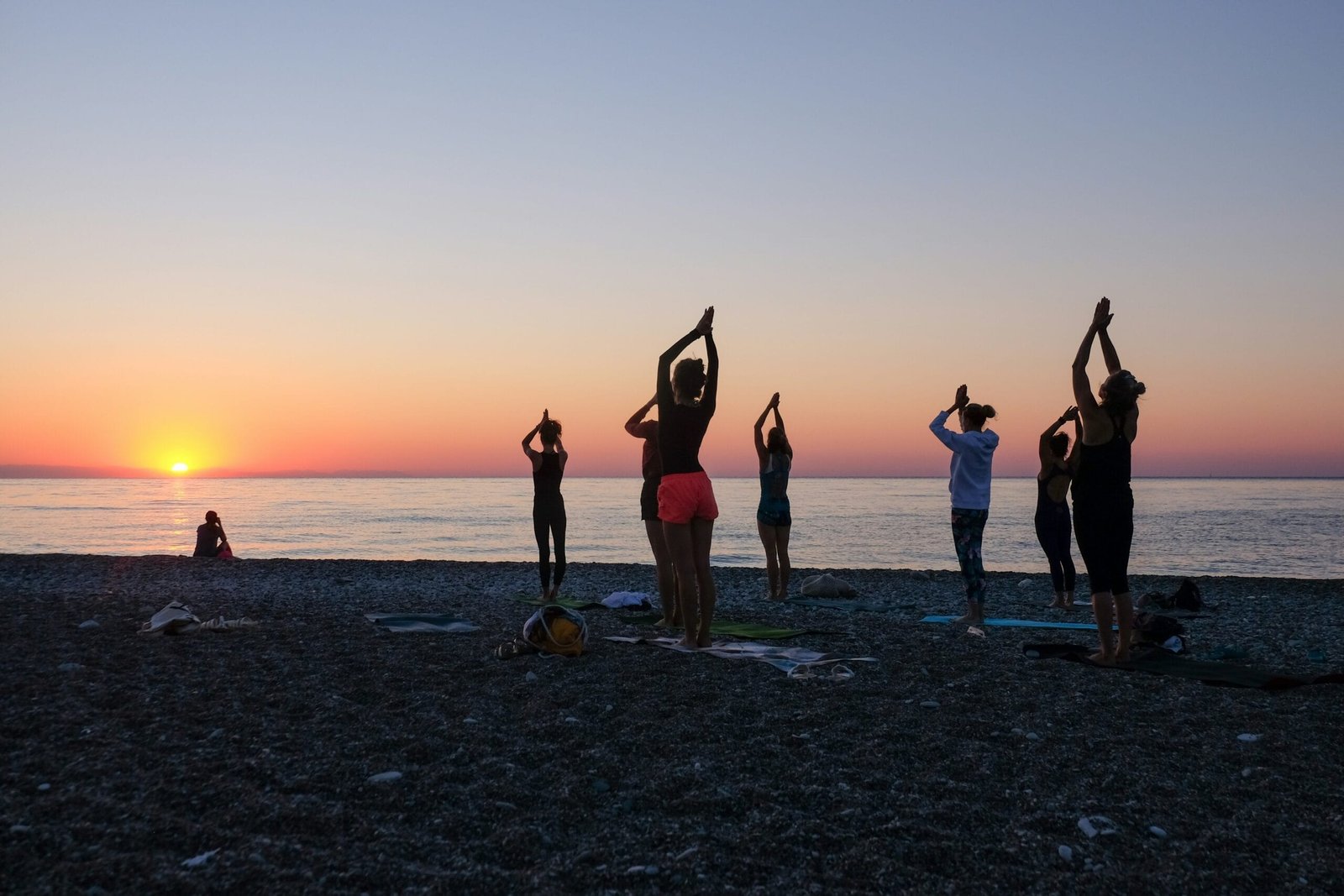Call Us
+91 9811002040
Ayurvedic Treatment For Acne in Rishikesh
Ayurveda ensures that the skin care therapies are effective from within by rebalancing the dosha derangements and cleansing the Rakta dhatu (blood).

The skin is the largest organ of the body and serves as the primary interface with various environmental agents, including physical, chemical, and biological factors. Interaction with these agents can lead to distinct reaction patterns, resulting in characteristic skin lesions on different areas of the body. The prevalence of skin diseases has been increasing, driven by factors such as poor diet and lifestyle choices, excessive and improper use of chemicals, cosmetics, soaps, shampoos, deodorants, and the overuse of antibiotics and steroids.
In Ayurveda, skin diseases are collectively referred to as Kushtha, a term that encompasses a range of dermatological conditions. Kushtha is broadly categorized into two main groups: the seven types of Maha Kushtha (major skin diseases) and the eleven types of Kshudra Kushtha (minor skin diseases). Diagnosing and accurately identifying a specific type of Kushtha can be challenging, as traditional Ayurvedic texts do not provide clear diagnostic tools for differentiation.
Skin diseases contribute significantly to physical suffering, disability, and economic loss. Beyond genetic factors, diet, climate, sunlight exposure, mental health, and allergies have been established as key etiological factors. In recent years, the potential of natural herbs, as outlined in ancient Ayurvedic texts, has emerged as a promising area in dermatology, offering effective, holistic treatment options.
Skin Care in Ayurveda at Yancure Yoga and Ayurveda, Wellness Center, Rishikesh
Skin, Twacha, Kushtha, Herbs, Ayurveda.
The skin is the largest organ of the body, covering its external surface and providing essential protection. It serves as a barrier against microbes, abrasion, heat, and chemicals, and plays a crucial role in thermoregulation. In Ayurveda, the term Twacha is used to describe the skin, which is derived from the Sanskrit word tvac, meaning “to cover.”
The origin of Twacha is believed to be a result of the combination of sukra (sperm) and shonita (ovum) during intrauterine life, similar to the cream that forms on the surface of milk when it is boiled. According to Astang Hridayam, the skin develops from rakta dhatu (blood tissue) during the sixth month of embryonic development. Ayurvedic philosophy asserts that every substance in the universe is composed of the five elements (Panchbhutas), and the skin, being a Panchbhotic organ, is predominantly governed by the elements of Prithivi (earth) and Vayu (air).
Skincare encompasses a range of practices aimed at maintaining the integrity of the skin, enhancing its appearance, and addressing various skin conditions. Effective skincare includes a balanced approach involving proper nutrition, protection from excessive sun exposure, and the appropriate use of emollients to maintain skin health.

Concept of Skin Treatment in Ayurveda
According to Ayurveda, twacha (Skin) is a seat of sparshaendriya. It’s consider as a gyanyandriya i.e. sense ogran. The developement of skin occures in third month of intra uterine life. The formation of skin results from heat generated in the process of union of sperm (Sukra) and ovam (Shonita) and formation of other body elements (dhatus) in foetal body. The Layers of skin according to Ayurveda are
| (1) Avabhasini | (4) Tamra | (7) Mansadhara |
| (2) Lohita | (5) Vedini | |
| (3) Shweta | (6) Rohini |
Layers Of Skin According To Ayurveda
| EPIDERMIS | DERMIS | |
| 1 | Hornelayer-Avabhasini | Malphagian layer-Tamra |
| 2 | Stratum lucidum-Lohita | Papillary layer-vedini |
| 3 | Stratum granulosum-shweta | Reticular layer-Rohini |
The layers of the skin are Epidermis and dermis.
Epidermis : – The epidermis is the outermost layer. The epidermis layer provides a barrier to infection from environmental pathogens and regulates the amount of water released from the body into the atmosphere through transepidermal water loss. The epidermis is composed of multiple layers of flattened cells that overlie a base layer (Stratum basale) composed of columnar cells arranged perpendiculary.
Dermis :- The dermis, the skin’s next layer is a thick layer about 0.3 to 0.4 mm12 of fibrous and elastic tissue (made mostly of collagen) that gives the skin its flexibility and strength.The dermis contains nerveendings,sweatglands,hairfollicles and blood vessels.
Acne Treatment Through Ayurveda
Modern research trends mainly revolve around principles of anti-aging activity described in Ayurveda. The function of ayurvedic herbs is to purify skin and eliminate vitiated Tridoshas from the body as they are mainly responsible for skin disorders and other diseases. Several herbs have been mentioned in Ayurveda which can be used to obtain healthy skin and glowing complexion. Specific measurement for the enhancement of different aspects of beauty and disease conditions in relation to skin are mentioned in ancient Ayurvedic texts, they are described in brief.
| S No. | Properties | Ayurvedic Drugs / Herbs |
| 1 | Vayasthapana(Age-defying activity) | Amrutha, Abhaya, Dhatri, Mukta, Jivanti, Mandukparni, Punarnava |
| 2 | Varnya(Complex Promoters) | Madhuka, Manjista, Sariva, Payasya, Sita, Lata |
| 3 | Sandhaniya(Healing and Regenerative) | Yestimadhu, Guduchi, Mochrasa, Dhatki, Lodhra, Priyangu |
| 4 | Vranropana(Deep Healing) | Sallaki, Laksha, Madhuk, Arjuna, Udumber |
| 5 | Tvachya(Nurturing) | Patola, Khadir, Arjuna, Karanja |
| 6 | Shothahara(Anti-inflammatory) | Chandana, Ashwagandha, Divdaru, Yestimadhu, Lodhra |
| 7 | Tvagrasayana | Amalaki |
Anti-aging treatment includes two types of therapies urjaskara (Promotive) and vyadhihara (Curative). For vata skin, skin care products that can nourish and rehydrate the skin should be used. For Piita skin, good skin oils and lepa should be used daily. For Kapha skin, a daily warm oil massage and cleansing of skin with specials types of medicated drugs and special lepa (Paste) should be performed.
In charak Samhita Chikitsa sthana and also sutra sthana explained of ten drugs as varnya (Complexion promoting) viz chandana (Santalum album), Punnaga (Calophyllum inophyllum), Padmaka (Prunus cerasoides), useer (Vetiveria zizanioides), Madhuka (glycyrrhiza glabra), Manjistha (Rubia Cardifolia), Sariva (Hamidesmus indicus). Paysya (ipomoea digitata), Sita (white variety of cynodon dactylon), Lata (black variety of
C.dactylon). In susrutha samhitha in the kshudra roga Chikitsa (treatment of minor diseases) many of the skin care treatments are documented.
Arumsika (Eczema of face and scalp) – Washed with decoction of Nimba (Azadirachta Indica) than applies paste of Hartal (orpiment), Haldi (curcuma-longa), Paste of mulethi (glycyrrhiza glabra), Erand (Ricinus communis) and Bhringaraj (eclipta alba) Paste.
Vyanga (Black spot) and Nilika (Naevus) – Applied the paste of bark of kshira – vriksha (plant containing sap) or paste of Bala (sida cardifolia), Atibala (Abutilon indicum), yestimadhu (glycyrrhiza glabra), and Garika (Haematite).
Yauvana Pidika (Pimples/acne) – Applying the paste of Vacha (Acorus calamus),Lodhra (symplocos racemosa),Sendhav (Rock-salt),Dhanyaka (coriandrum sativum),Kuth (saussurea lappa).
Astang Hridayam – Vagbhatta mentioned the benefits of mukhlepa as “Mukhalepanashilanam dridam bhavati darshanam, vadanam chaprimlanam shlakshanam tamrasopamam (22/22). The person who are habitual to application of paste of drug over face, the vision become keen, the face never dull and glows like lotus flower. Mode of application of paste over face, duration and precaution were also elaborality mentioned according to season.
| Grisma (Summer) – | Kumud (Nymphaea nouchali) Khas (Vetiveria zizanioidis) Utpal (Nymphoeastellata) Chandana (Santlum album) |
| Varsa (Rainy season) – | Kaliyaka (Coscinium fenes tratum) Til (sesamum indicum) Khas (Vetiveria zizanioidis) Padmak (Nelumbo nucifera) |
| Sharat (Autumn) – | Pundarik (nelumbo nucifera) Mulethi (glycyrrhiza geabra) Khas (Vetiveria zizanioidis) Agru (Aquilari agallocha) |
| Hemant (Fall winter) – | Vasaka Root (Adhatoda vasica) Ber (ziziphus Jujuba) Lodhra (Symptocos racemosa) Sarson (Brassica campestris) |
| Shisir (winter) – | Kateri root (solanum surattense) Bark of daru haridra (berberisristata) Barly (Hordeum vulgare) |
| Basant (spring) – | Chandan (santalum album) Khas (vetiveria zizanioidis) Shiris (Albizzia lebbeck) Saunt (Foeniculum vulgare) |
Astang samgraha :- Mukhdusika chikitsa (Acne) – Applicaton of warm paste of lodhra and Tuvarika.
Lancchana (Patches on the face), Vyanga (hyper Pigmentation) and nilika (naevus) chikitsa. The affected area covered with the paste of bark of tree having milky sap or that of Madhuka (glycyrrhiza glabra), Bala (sida cardifolia), Atibala (Abutilon indicum). Tender fruit of kapittha (feronia limonia) Tinduka (Diospyros Peregrine) and Rajani (curcuma Longa) and root of Amaliki (Tamarindes indica).

Daily routine for glowing skin
Diet :- Vegetarian diet.
Avoid :- Fatty, Fried, Processed foods, Salt, Sugar seafood and red meat. Which is already mentioned in Ayurvedic texts i.e. – Virrudh Aahara.
Sleep and Excerise :- Excerise promotes sweatings, increase circulation, and calms the mind. Sleep and increase stimulate growth hormons which promote more production of collagen and elastin to keep your skin taut.
Yoga :- It helps circulate the lymph and blood, tones the muscles cause proper ojas, vitality and glow.



